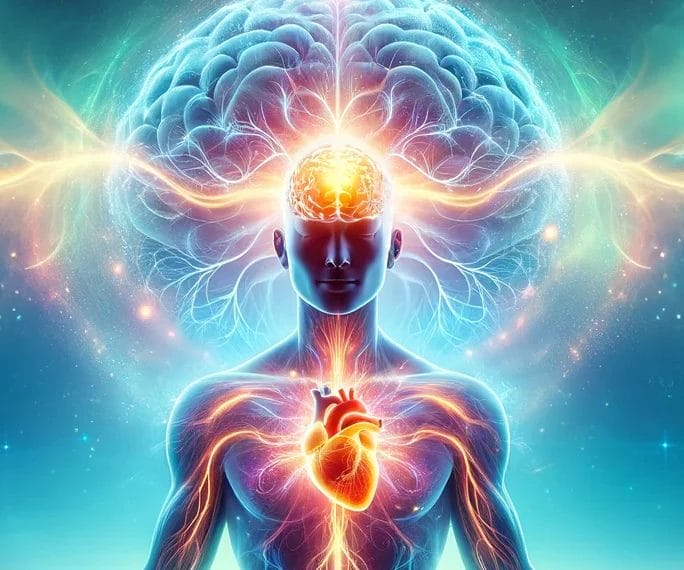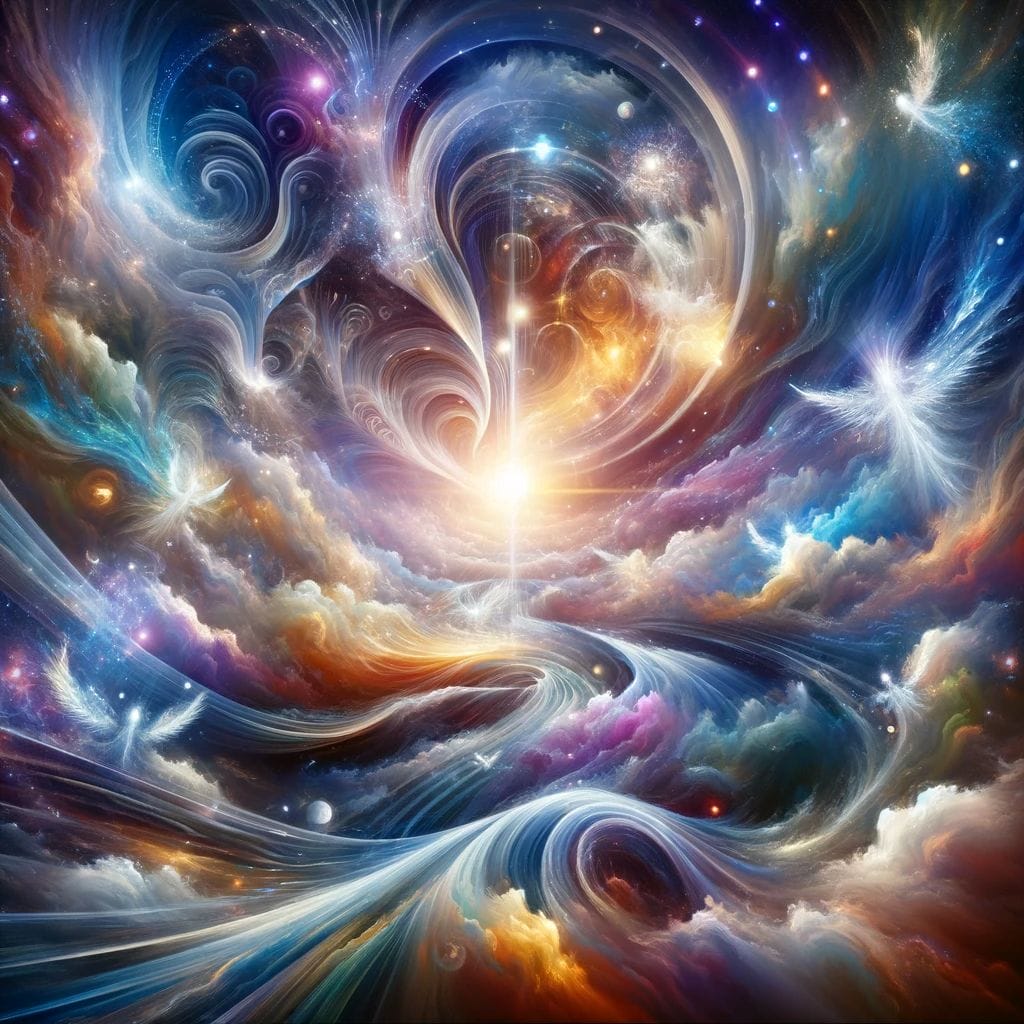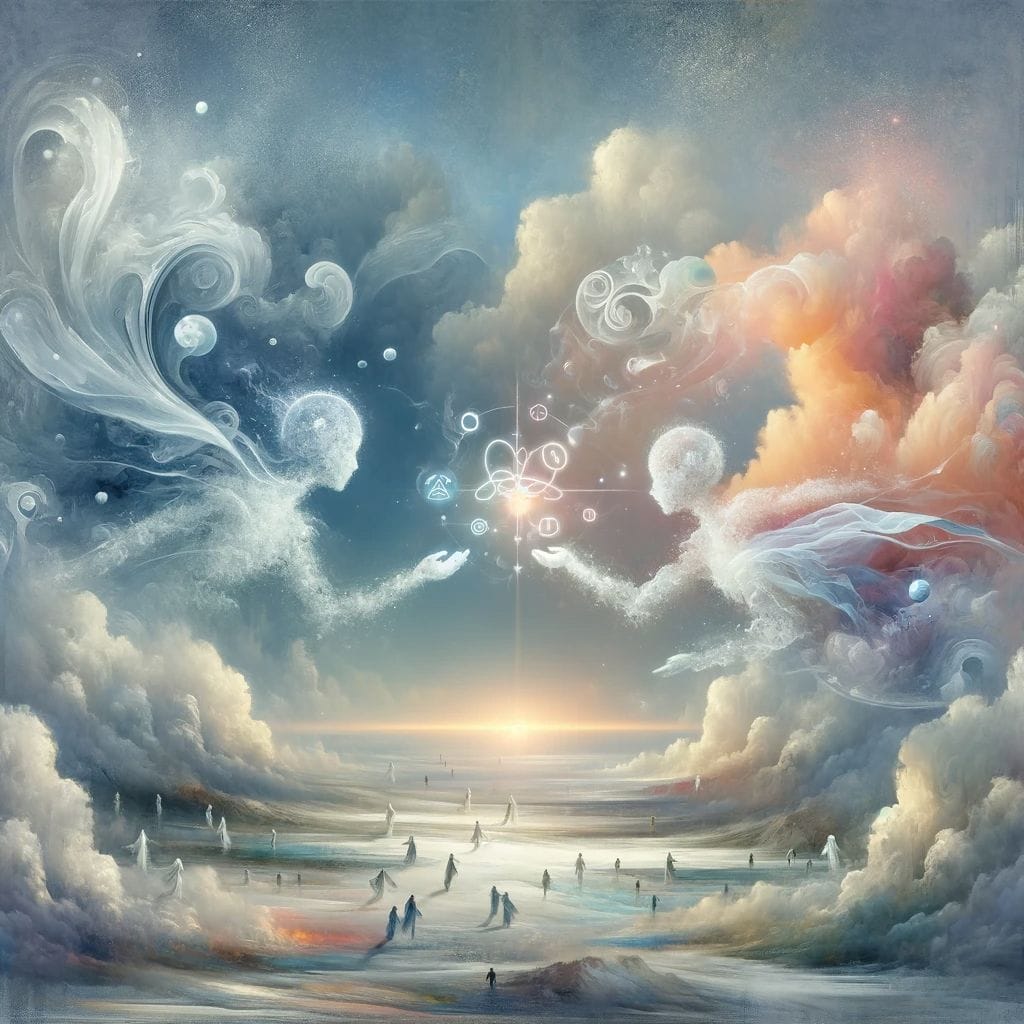Out of Body Experiences (OBEs) are fascinating phenomena where individuals perceive themselves as being outside their physical bodies. During these experiences, people often report a sensation of floating or hovering above their physical form, allowing them to observe their surroundings from a unique vantage point. This disembodied perspective can be accompanied by vivid sensations, such as a feeling of weightlessness or an overwhelming sense of peace.
While some may dismiss OBEs as mere hallucinations or dreams, many who have experienced them describe a profound sense of clarity and insight that lingers long after the event. The nature of OBEs raises intriguing questions about consciousness and the mind-body connection. Are we merely our physical bodies, or is there a deeper aspect of our being that transcends our corporeal existence?
As we delve into the world of OBEs, we find ourselves exploring the boundaries of human experience and the mysteries of consciousness itself. This exploration invites us to consider not only the mechanics of these experiences but also their implications for our understanding of life, death, and what lies beyond.
Key Takeaways
- Out of Body Experiences (OBEs) involve a sensation of leaving one’s physical body and observing the world from a different perspective.
- OBEs have been reported throughout history, with accounts dating back to ancient civilizations and various cultural and religious beliefs.
- The science behind OBEs suggests that they may be linked to altered states of consciousness, such as during meditation, sleep, or near-death experiences.
- Common triggers for OBEs include trauma, meditation, lucid dreaming, and psychedelic substances.
- Cultural and religious perspectives on OBEs vary widely, with some viewing them as spiritual experiences and others as hallucinations or delusions.
The History of Out of Body Experiences
Ancient Roots
Ancient texts from Egypt, Greece, and India contain references to experiences that closely resemble what we now call OBEs. In many spiritual traditions, these experiences were often viewed as a means of connecting with the divine or gaining insight into the nature of reality.
Embracing OBEs Throughout History
For instance, in ancient Egyptian culture, the concept of the “ka,” or spirit, was believed to leave the body during sleep or death, allowing for exploration of the afterlife. As we move through history, we find that OBEs have been embraced by various philosophical and religious movements. In the 19th century, spiritualism gained popularity in Western societies, with many practitioners claiming to have experienced OBEs during séances or trance states.
Modern Exploration
These experiences were often interpreted as evidence of life after death or communication with spirits. The fascination with OBEs continued into the 20th century, where they became a subject of interest for psychologists and researchers seeking to understand the nature of consciousness and human perception.
The Science Behind Out of Body Experiences

In recent years, scientific inquiry into OBEs has gained momentum, leading to a better understanding of the mechanisms behind these experiences. Researchers have identified several neurological factors that may contribute to the sensation of being outside one’s body. For instance, studies have shown that stimulation of specific areas in the brain, such as the temporoparietal junction, can induce OBE-like experiences in individuals.
This suggests that our brain plays a crucial role in constructing our sense of self and spatial awareness. Moreover, the study of OBEs has intersected with fields such as psychology and neuroscience. Some researchers propose that OBEs may occur during extreme stress or trauma when the brain’s coping mechanisms are activated.
This perspective aligns with anecdotal reports from individuals who have experienced OBEs during near-death situations or intense emotional crises. By examining these experiences through a scientific lens, we can begin to unravel the complex interplay between brain function and consciousness.
Common Triggers for Out of Body Experiences
| Trigger | Description |
|---|---|
| Near-death experiences | Encountering a life-threatening situation can trigger an out of body experience. |
| Meditation | Deep meditation practices can induce an out of body experience. |
| Trauma | Physical or emotional trauma can lead to dissociative experiences, including out of body experiences. |
| Sleep paralysis | Episodes of sleep paralysis may be accompanied by out of body experiences. |
| Drug use | Certain drugs or hallucinogens can trigger out of body experiences. |
Understanding the common triggers for OBEs can help us navigate our own experiences more effectively. Many individuals report that OBEs often occur during moments of deep relaxation or altered states of consciousness. Practices such as meditation, yoga, and deep breathing exercises can create an environment conducive to experiencing an OBE.
By quieting the mind and focusing inward, we may open ourselves up to the possibility of transcending our physical form. Additionally, certain life events can act as catalysts for OBEs. Traumatic experiences, such as accidents or medical emergencies, have been reported to trigger these phenomena as individuals confront their mortality.
Similarly, sleep disturbances or lucid dreaming can lead to sensations akin to OBEs. By recognizing these triggers, we can better prepare ourselves for potential experiences and cultivate practices that promote a deeper connection with our inner selves.
Cultural and Religious Perspectives on Out of Body Experiences
Cultural and religious beliefs play a significant role in shaping our understanding of OBEs. In many indigenous cultures, these experiences are viewed as sacred journeys that allow individuals to connect with ancestral spirits or gain wisdom from the universe. For instance, shamanic traditions often involve rituals designed to facilitate OBEs as a means of healing or guidance.
In these contexts, OBEs are not merely personal experiences but are seen as integral to communal spirituality. In contrast, Western perspectives on OBEs have often been influenced by scientific skepticism and materialism. While some individuals may view OBEs as mystical or spiritual occurrences, others may dismiss them as mere psychological phenomena.
This dichotomy highlights the need for open dialogue between different cultural and religious perspectives on OBEs. By embracing diverse viewpoints, we can enrich our understanding of these experiences and their significance in various contexts.
The Potential Benefits of Out of Body Experiences

Exploring OBEs can offer numerous potential benefits for those who embark on this journey. Many individuals report experiencing profound personal growth and transformation following an OBE. These experiences can lead to increased self-awareness, enhanced creativity, and a greater sense of purpose in life.
By stepping outside our physical bodies, we may gain new insights into our thoughts and emotions, allowing us to navigate life’s challenges with greater clarity. Furthermore, OBEs can foster a sense of interconnectedness with others and the universe at large. Many who have experienced these phenomena describe feelings of unity and oneness during their journeys.
This expanded perspective can lead to greater empathy and compassion for others, ultimately enriching our relationships and interactions in daily life. As we explore the potential benefits of OBEs, we may find ourselves more attuned to our inner selves and the world around us.
Debunking Myths and Misconceptions about Out of Body Experiences
Despite their prevalence in popular culture and personal accounts, several myths and misconceptions about OBEs persist. One common belief is that OBEs are solely associated with near-death experiences or extreme trauma. While these situations can indeed trigger OBEs, they are not exclusive to them; many individuals report having OBEs during meditation or while falling asleep.
By dispelling this myth, we can encourage more people to explore their own potential for experiencing these phenomena. Another misconception is that OBEs are inherently dangerous or linked to negative outcomes.
By fostering a safe environment for exploration and understanding the nature of these experiences, we can empower individuals to approach OBEs with curiosity rather than fear.
How to Safely Explore Out of Body Experiences
For those interested in exploring OBEs safely, several practices can enhance our chances of having positive experiences while minimizing potential risks. First and foremost, creating a calm and comfortable environment is essential. We should choose a quiet space free from distractions where we feel secure and relaxed.
This setting allows us to focus inward without external interruptions. Additionally, incorporating mindfulness techniques such as meditation or deep breathing can help us enter altered states of consciousness conducive to experiencing an OBE. We might also consider keeping a journal to document our experiences and reflections afterward; this practice can deepen our understanding and integration of what we encounter during our journeys.
As we embark on this exploration together, it is crucial to approach it with an open mind and heart. By embracing curiosity and maintaining a sense of wonder about our experiences, we can navigate the realm of OBEs with confidence and grace. Ultimately, this journey invites us to expand our understanding of consciousness and our place within the universe—a journey worth taking for anyone seeking deeper insights into themselves and existence itself.
If you are interested in exploring the depths of consciousness beyond the physical realm, you may also find the article on mastering shadow work a comprehensive guide for beginners to be intriguing. Shadow work involves delving into the hidden aspects of ourselves to achieve personal growth and healing. You can learn more about this transformative practice by visiting this link.
FAQs
What is an out of body experience (OBE)?
An out of body experience (OBE) is a phenomenon in which a person feels as though their consciousness has left their physical body and is able to perceive the world from a location outside of their body.
What are the common characteristics of an OBE?
Common characteristics of an OBE include a feeling of floating or hovering above one’s body, a sense of peace or euphoria, and the ability to see one’s physical body from an external perspective.
Are OBEs considered a paranormal or supernatural phenomenon?
While some people may interpret OBEs as paranormal or supernatural experiences, they are also studied and discussed within the fields of psychology, neuroscience, and consciousness research.
What causes an OBE to occur?
The exact cause of OBEs is not fully understood, but they can occur in association with sleep, meditation, trauma, or near-death experiences. Some researchers believe that OBEs may be related to disruptions in the brain’s perception of the body’s position in space.
Can OBEs be induced or controlled?
Some individuals claim to have developed techniques for inducing or controlling OBEs, such as through meditation, visualization, or lucid dreaming practices. However, the scientific validity of these methods is still a topic of debate.
Are OBEs considered a normal or abnormal experience?
OBEs are considered to be relatively rare experiences, but they are not necessarily indicative of a mental or physical health disorder. Some individuals may have OBEs as a result of specific circumstances or practices, while others may never experience an OBE in their lifetime.














